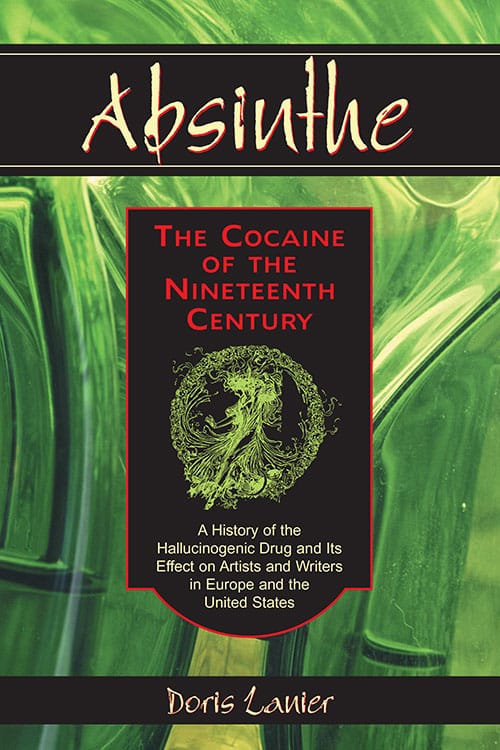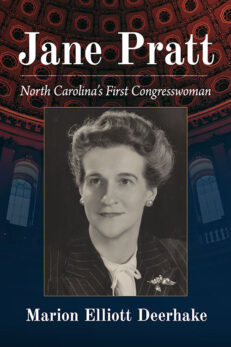Absinthe—The Cocaine of the Nineteenth Century
A History of the Hallucinogenic Drug and Its Effect on Artists and Writers in Europe and the United States
$19.99
In stock
About the Book
With an alcohol content sometimes as high as 80 percent, absinthe was made by mixing the leaves of wormwood with other plants such as angelica root, fennel, coriander, hyssop, marjoram and anise for flavor. The result was a bitter, potent drink that became a major social, medical and political phenomenon during the late nineteenth and early twentieth centuries; its popularity was mainly in France, but also in other parts of Europe and the United States, particularly in New Orleans. Absinthe produced a sense of euphoria and a heightening of the senses, similar to the effect of cocaine and opium, but was addictive and caused a rapid loss of mental and physical faculties. Despite that, Picasso, Manet, Rimbaud, Van Gogh, Degas and Wilde were among those devoted to its consumption and produced writings and art influenced by the drink. This work provides a history of “the green fairy”, a study of its use and abuse, an exploration of the tremendous social problems (not unlike the cocaine problems of this century) it caused, and an examination of the extent to which the lives of talented young writers and artists of the period became caught up in the absinthe craze.
About the Author(s)
Bibliographic Details
Doris Lanier
Format: softcover (6 x 9)
Pages: 195
Bibliographic Info: photos, notes, references, bibliography, index
Copyright Date: 2004 [1995]
pISBN: 978-0-7864-1967-8
eISBN: 978-1-4766-2825-7
Imprint: McFarland
Table of Contents
Preface vii
1. A History of the Drink 1
2. Abuse and Prohibition in France 14
3. Verlaine, Rimbaud, Wilde and the Others 46
4. From Van Gogh to Picasso 75
5. New Orleans and Elsewhere in the United States 123
Conclusion 152
References 157
Bibliography 169
Index 177
Book Reviews & Awards
- “Fascinating”—The American Herb Association Quarterly
- “Discusses the drink’s rise in popularity in the late 19th century, particularly in France and New Orleans by writers and artists“—Reference & Research Book News
- “Tells the history of a hallucinogenic drink”—C&RL News





